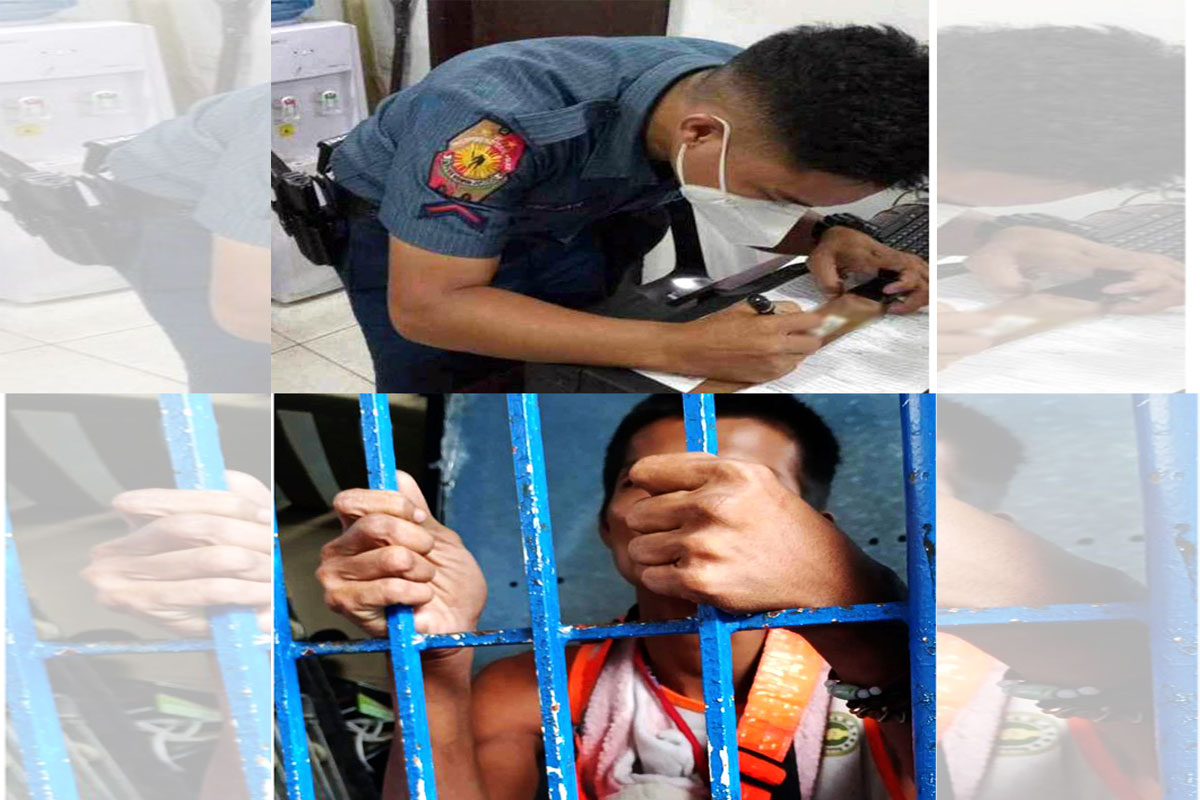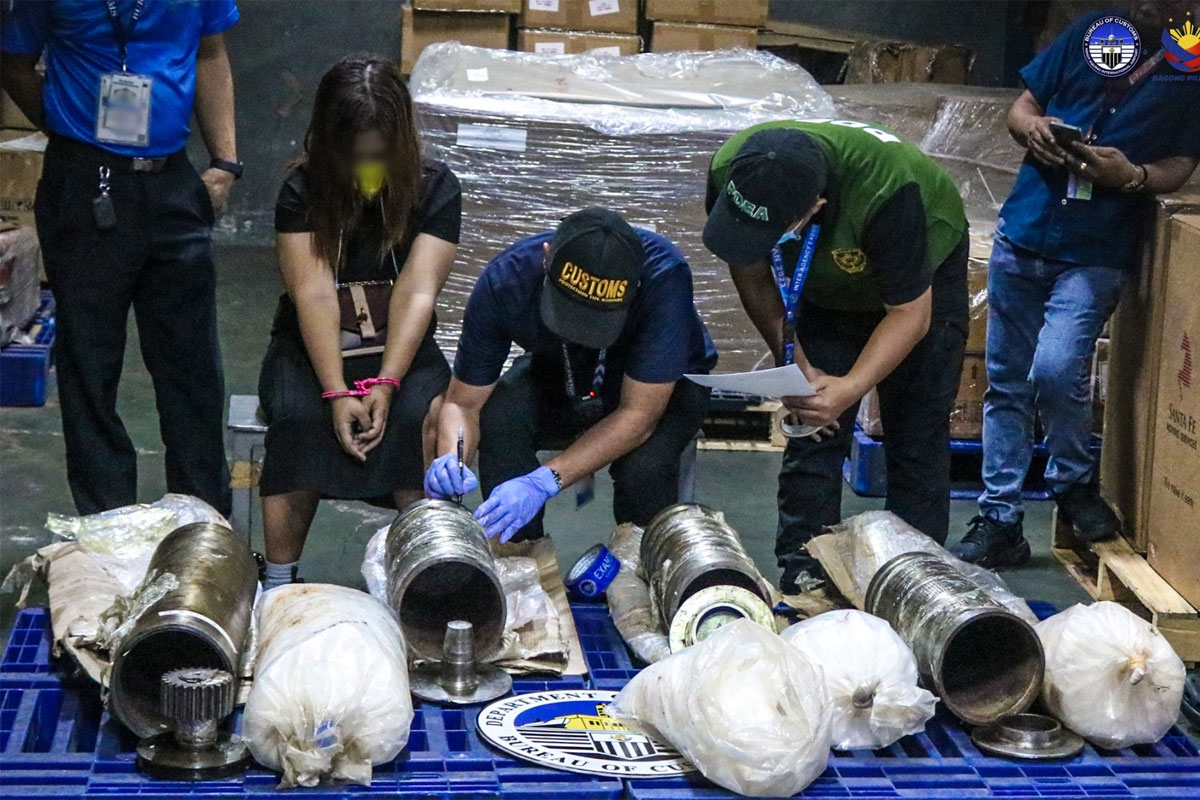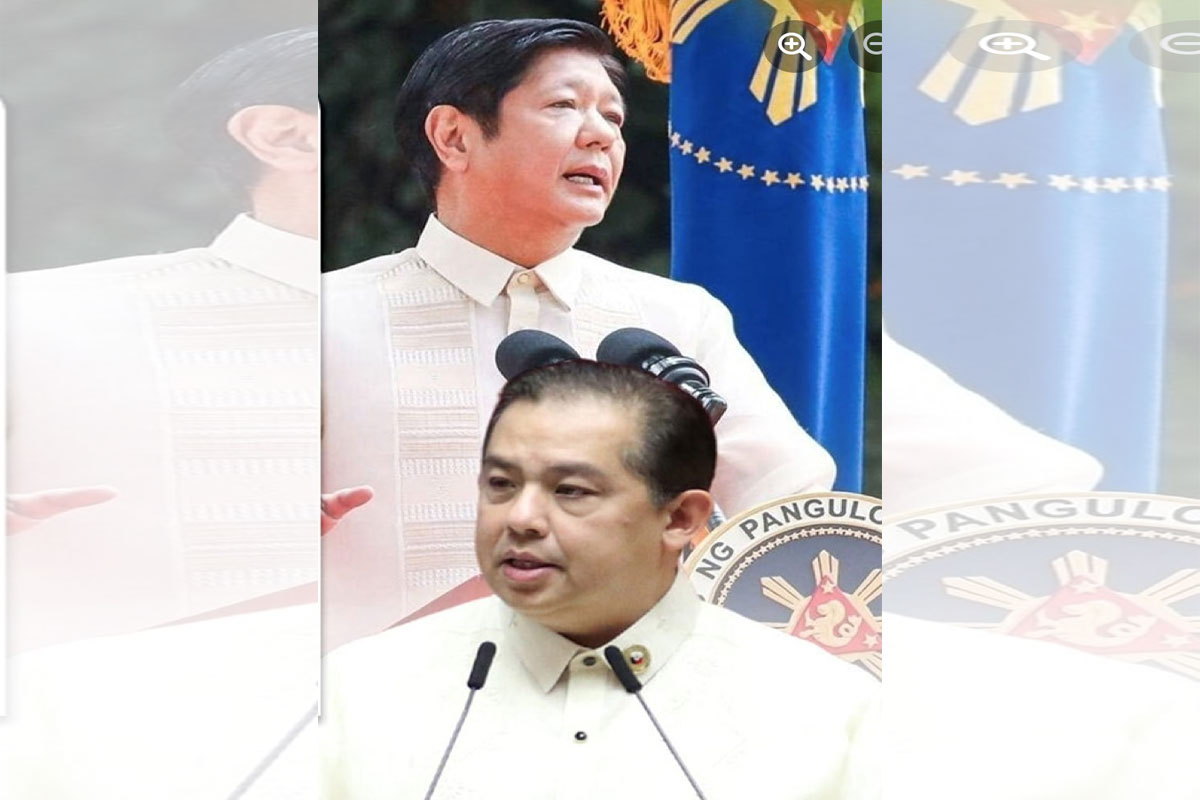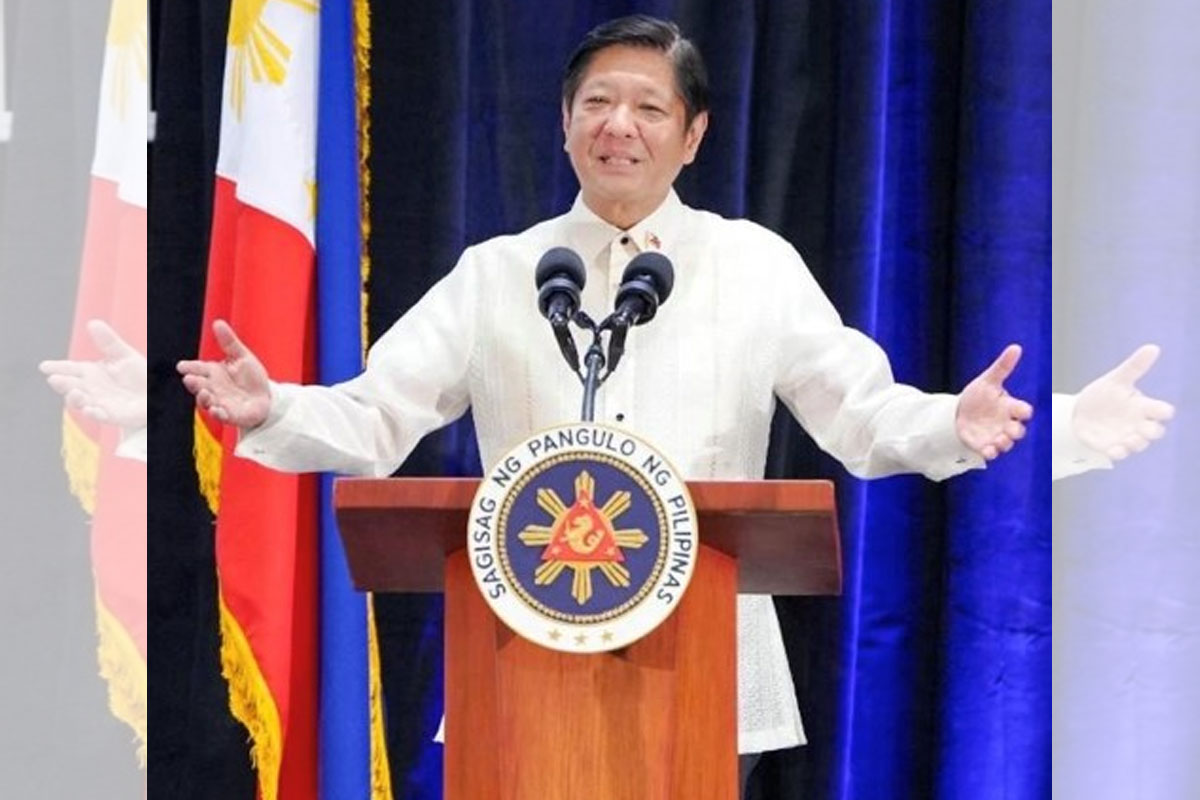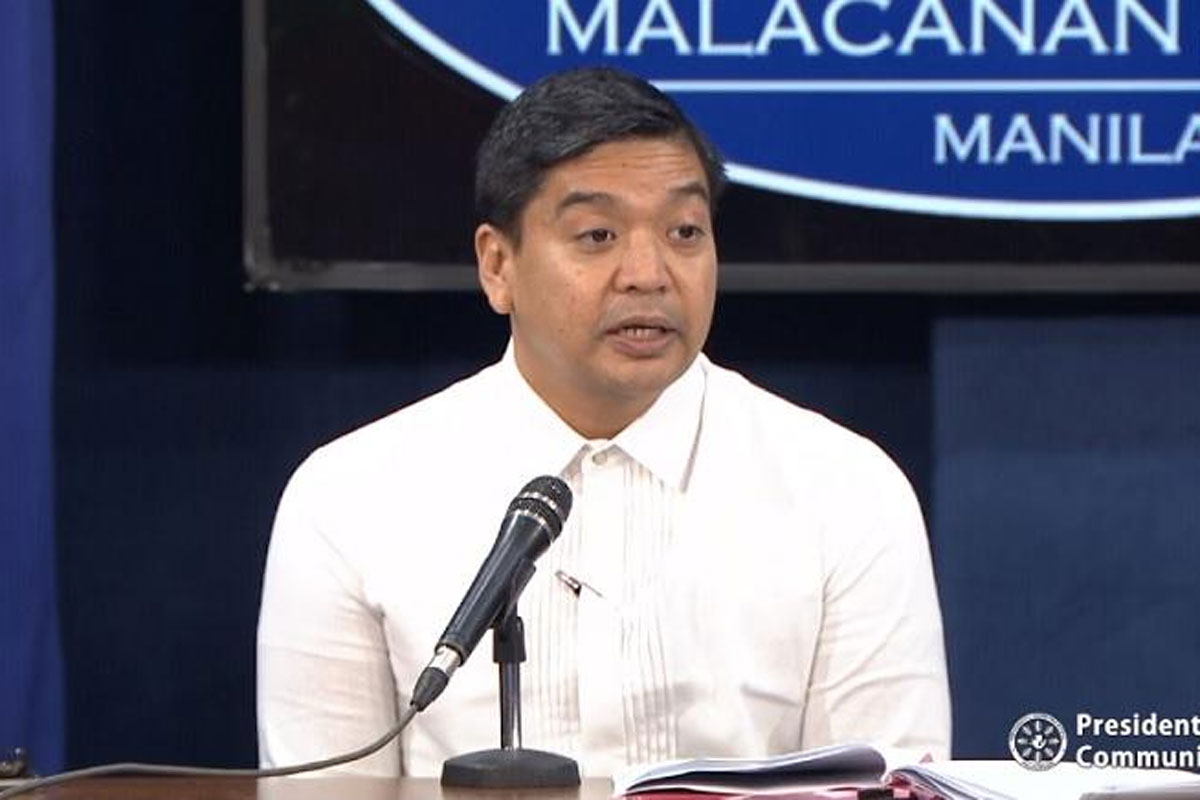
Expensive firearms, more taxes to curb ‘loose’ weapons
AMID the proliferation of an estimated 700,000 to 1.7 million loose firearms in the country, a group of CamSur legislators led by National Unity Party (NUP) president LRay Villafuerte has proposed a novel approach to reduce gun possession and promote responsible ownership by making these weapons more expensive for citizens who are not in law enforcement and using new taxes on owners to fund programs against gun-related violence.
In House Bill (HB) No. 3367, Villafuerte and three fellow solons from CamSur are seeking amendments to a 2013 law on firearms and ammunition to make gun ownership costlier by imposing a 10% tax on small firearms or handguns, ammunition, and accessories, and a higher 11% tax on other firearms along with the ammo of, and add-ons or attachments to, such weapons.
On top of bringing down gun-related violence, HB 3367 was drawn up by Villafuerte and its three other HB 3367 authors – congressmen Miguel Luis Villafuerte and Tsuyoshi Anthony Horibata, and Bicol Saro Rep. Nicolas Enciso VIII – as a revenue-generation measure, at this time when the Marcos administration is “grappling” with a tight fiscal space arising from the past government’s immense spending on COVID-19 response at the height of the pandemic.
HB 3367’s authors are proposing that the projected revenue from their excise tax plan be used exclusively for promoting responsible gun ownership, reducing firearms-related violence, and other programs enhancing peace and order in communities.
“Our bill uses a novel approach to address this peace-and-order issue,” Villafuerte said of HB 3367. “Through a market-based strategy, HB 3367 aims to reduce the number of guns in circulation by raising the cost of ownership while using tax revenue to actually promote preventive and capacity-building measures for the professionals responsible for regulating the gun industry in the country.”
“This is not just about gun control; it is also a means to raise extra revenue for our government as the domestic economy, which grew by a record 7.6% last year—the highest since 1976’s 8.8%—is expected by our economic managers and institutions such as the UN (United Nations), World Bank and ADB (Asian Development Bank) to hurdle speed bumps to high growth, along with other East Asian economies, arising from this year’s elevated inflation and escalating living expenses, high-interest rates, and weaker export demand from affluent states because of a looming global recession,” Villafuerte said.
HB 3367 imposes a 10% excise tax on small or mobile firearms or handguns such as pistols and revolvers, along with their ammunition and accessories, and 11% on firearms other than these small weapons firearms as well as on their ammo, shells, cartridges, and add-ons.
This proposal, which shall be known as the “Firearms, Ammunition and Accessories Tax Act” (FAAT), seeks to introduce amendments to amend Republic Act (RA) No. 10591, otherwise known as the “Act Providing for a Comprehensive Law on Firearms and Ammunition and providing Penalties for Violations thereof.”
RA 10591 was signed in May 2013 by then-President Aquino III.
This law allows a licensed citizen to own and possess two to 15 registered firearms, depending on the license, and subject to the requirements and fees determined by the Philippine National Police (PNP) chief.
A licensed gun collector, meanwhile, is allowed to own and possess more than 15 registered firearms.
The NUP president and former CamSur governor pointed out that the Philippines and other countries have sought to minimize gun proliferation and violence by prohibiting the carrying of weapons in public, “but what such gun bans do not address is the negative externalities of gun proliferation.”
In the bill’s explanatory note, its authors pointed to an estimate by OSETC chief Concepcion that there were at least 726,181 unregistered guns as of 2018, based on the expired licenses in the data system of PNP’s Firearms and Explosive Office (FEO).
However, PNP-FEO chief Col. Kenneth Lucas bared in a news release posted on Facebook last January that there are at least 4.12 million registered firearms, while around 1.7 million are considered “loose guns.”
Lucas said the PNP has revoked 240 licenses and confiscated 684 firearms in the past four years as part of an intensified crime prevention and a renewed effort to promote the responsible use of guns.
In 2022 alone, Lucas said the PNP-FEO revoked 41 licenses to own and possess firearms (LTOPF) for various violations and seized the 201 firearms registered under these licenses. And out of the 187 cases filed last year, 31 involved firearms owners linked to illegal drugs, he added.
RA 10591 defines small arms as firearms for individual use and “intended to be fired from the hand or shoulder, which are not capable of fully automatic bursts of discharge,” such as:
Pistol, which is a hand-operated firearm that has a chamber integral or permanently aligned with the bore and that may be self-loading;
Revolver, which is a hand-operated firearm with a revolving cylinder containing chambers for individual cartridges;
Rifle, which is a shoulder weapon designed to be fired from the shoulder and that can discharge a bullet through a rifled barrel by different actions of loading, which may be classified as a lever, bolt or self-loading; and
Shotgun, is designed and intended to fire a number of ball shots or a single projectile through a smooth bore by the action or energy from burning gunpowder.
The law defines accessories as “the parts of a firearm that may enhance or increase the operational efficiency or accuracy of a firearm but will not constitute any of the major or minor internal parts thereof such as, but not limited to, laser scope, telescopic sight and sound suppressor or silencer.”
RA 10591 defines a “loose firearm” as an “unregistered weapon, an obliterated or altered firearm, firearm which has been lost or stolen, illegally manufactured firearm, registered firearm in possession of an individual other than the licensee and those with revoked licenses in accordance with the rules and regulations.”
The four CamSur lawmakers, in their bill, called on the State to “employ a market-based strategy to reduce the number of guns in circulation by effectively raising the price of ownership. Revenue generated by this policy shall be used to fund peace and order programs.”
“In using a new market-based approach this bill seeks to address a gap in the country’s gun control legal framework,” they said.
“Restricting the manufacturing and sale of firearms only goes so far, whereas taxation of firearms can go a long way towards promoting preventive measures while simultaneously decreasing gun proliferation,” they added.
“There shall be levied, assessed and collected an ad valorem tax on firearms, ammunition and accessories of such based on the authorized manufacturer’s or authorized importer’s selling price, net of excise and value-added taxes (VAT),” said HB 3367’s authors.
The bill-proposed FAAT shall be imposed on the authorized domestic manufacturer and authorized importers of firearms, ammunition and accessories of such.
However, the bill states that authorized manufacturers and authorized importers may sell firearms, ammunition and accessories without paying the FAAT for the following specific purposes or uses by the purchaser:
– Use by the purchaser for further manufacture;
– Resale by the purchase to a second purchase for use by the such second purchaser in further manufacture;
– For export;
– Resale by the purchaser to a second manufacturer for export;
– Use by the purchaser as supplies for vessels or aircraft;
– For the exclusive use and appropriation by the national government and its political subdivisions as well as departments in the conduct of governmental functions;
– and a nonprofit educational organization for its exclusive use.
For the bill’s authors, all revenues to be collected under this Act shall be used to fund peace-and-order programs to promote community security through:
– Creating and sustaining capacity-building measures of the PNP;
– Improving and modernizing the Firearms Information Management System (FIMS);
– Developing and promoting research on gun violence prevention;
– Supporting existing programs to aid communities in dealing with gun violence;
– Promoting the safe and responsible use of firearms;
– and Supporting other projects or commitments that are related to the objectives of this Act.





